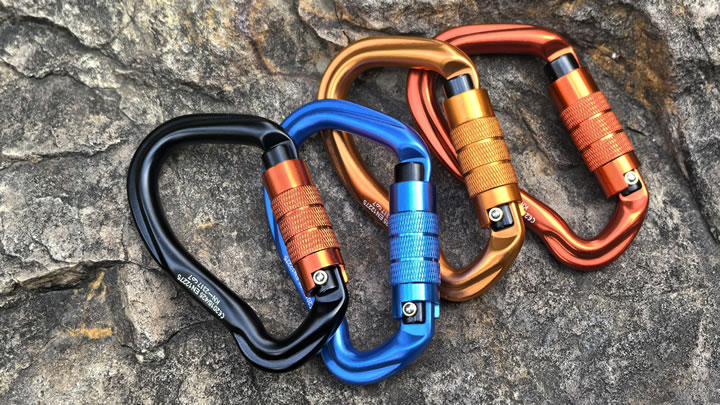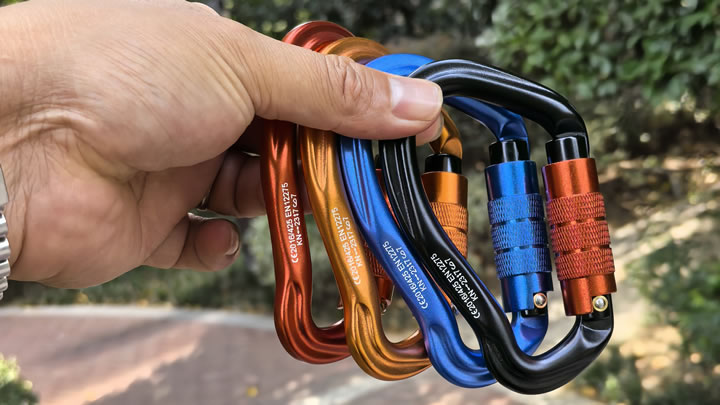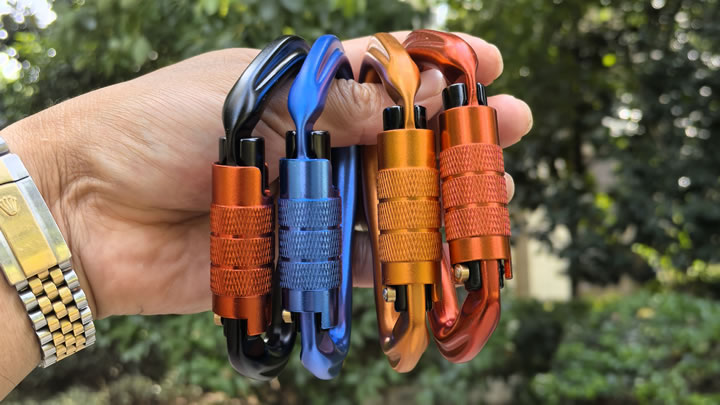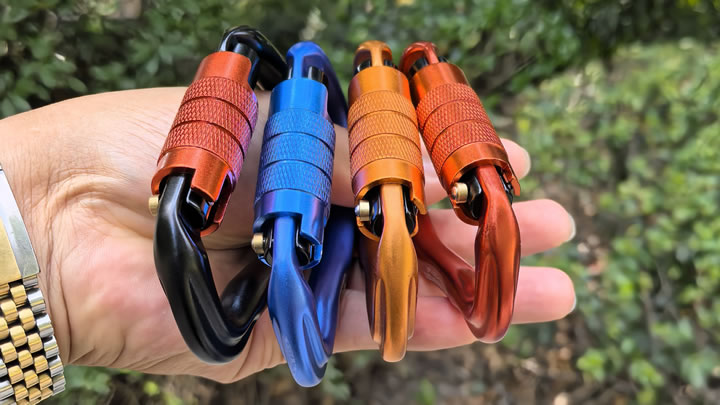Lightweight first-aid kits for backpackers.
A well-prepared first-aid kit is non-negotiable for any backpacker, but traditional kits often weigh down packs with bulky, rarely used items. For ultralight enthusiasts, the challenge lies in trimming weight without sacrificing critical medical capabilities. This guide explores how to build a minimalist yet effective first-aid kit, optimized for emergencies while fitting seamlessly into a lightweight backpacking setup.
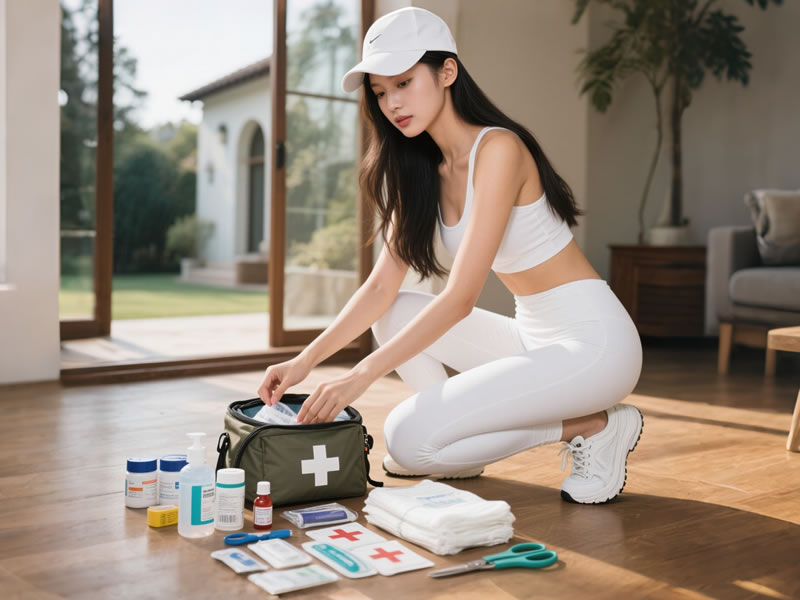
Why Go Lightweight with Your First-Aid Kit?
- Weight Savings: A streamlined kit can weigh under 5 oz vs. 1 lb+ for standard kits.
- Relevance: Focus on injuries common in the backcountry (blisters, sprains, cuts).
- Compliance: Meet safety recommendations without overpacking.
Rule of Thumb: Your kit should address 80% of likely issues while relying on wilderness skills for the remaining 20%.
Essential Components of a 3–5 oz Ultralight Kit
1. Wound Care (1.5–2 oz)
- Leukotape (3 ft rolled on a straw): Blister prevention/treatment + doubles as duct tape.
- Adventure Medical Kits UltraLight .3 strips: Pre-cut adhesive bandages for small cuts.
- Gauze Pad (2x2”): 1–2 pieces; can be cut to size.
- Antiseptic Wipes (2–3 singles): Alcohol-free to reduce stinging.
2. Medications (1 oz)
- Ibuprofen (6–10 tablets): For pain/inflammation.
- Antihistamines (e.g., Benadryl, 4 tablets): Allergic reactions.
- Loperamide (2–4 tablets): Severe diarrhea control.
- Electrolyte Tablets (2 singles): Dehydration from heat or illness.
3. Tools & Extras (0.5–1 oz)
- Mini Tweezers: Splinter/ticks removal (0.2 oz models available).
- Safety Pins: Secure bandages, repair gear.
- QuikClot Gauze (1 single-use pack): Severe bleeding (optional but recommended).
- CPR Mask Card: Credit-card-sized barrier for rescue breathing.
Pro Tip: Repackage pills into tiny ziplock bags labeled with dosage info.
5 Weight-Saving Hacks
- Multipurpose Items: Leukotape replaces moleskin, duct tape, and butterfly closures.
- Trim Packaging: Remove pills from blister packs; cut gauze to minimal size.
- Avoid Redundancy: Carry 2 safety pins, not 10.
- Digital Over Paper: Store emergency contact info/instructions on your phone.
- Skill Over Supplies: Learn to use a bandana as a sling or triangular bandage.
Customize Your Kit for Trip Type
| Trip Length | Additions | Total Weight |
|---|---|---|
| Day Hikes | 1 extra antiseptic wipe | 3 oz |
| Weekend Trips | + 1 burn gel packet | 4 oz |
| Thru-Hikes | + 1 suture kit (for experienced) | 5 oz |
Note: Desert hikers add extra electrolyte tablets; winter campers include hand warmers.
3 Deadly Mistakes to Avoid
- Skipping Blister Care: Even minor foot issues can derail a hike. Leukotape is mandatory.
- Overpacking “Just-in-Case” Items: Scalpels, splints, and snakebite kits add weight but are rarely needed.
- Ignoring Expiry Dates: Check medications annually; replace expired items.
Budget vs. Premium Ultralight Kits
| Kit | Weight | Price | Best For |
|---|---|---|---|
| DIY Kit | 3 oz | $15 | Budget-conscious hikers |
| Adventure Medical Kits .5 | 5 oz | $30 | Balanced needs |
| MyMedic SoLight | 7 oz | $60 | Technical terrain |
DIY Advantage: Tailor contents to your needs; premium kits save time.
SEO-Optimized Takeaways
- Keywords: Use “ultralight first-aid kit,” “backpacking medical essentials,” or “lightweight safety gear” in headers and body text.
- Answer FAQs: Address questions like “How much does a backpacking first-aid kit weigh?” or “Is leukotape better than moleskin?”
- Readability: Short paragraphs, bullet points, and comparison tables improve engagement.
Final Thoughts
A lightweight first-aid kit isn’t about carrying less—it’s about carrying smarter. Focus on versatile, high-impact items like leukotape and ibuprofen, eliminate redundancies, and enhance your wilderness medicine skills. Pair your kit with knowledge (e.g., WFA certification) to handle emergencies confidently. Remember: The goal is to stay safe, not to mimic a hospital. By balancing weight and preparedness, you’ll hike farther, safer, and lighter.


